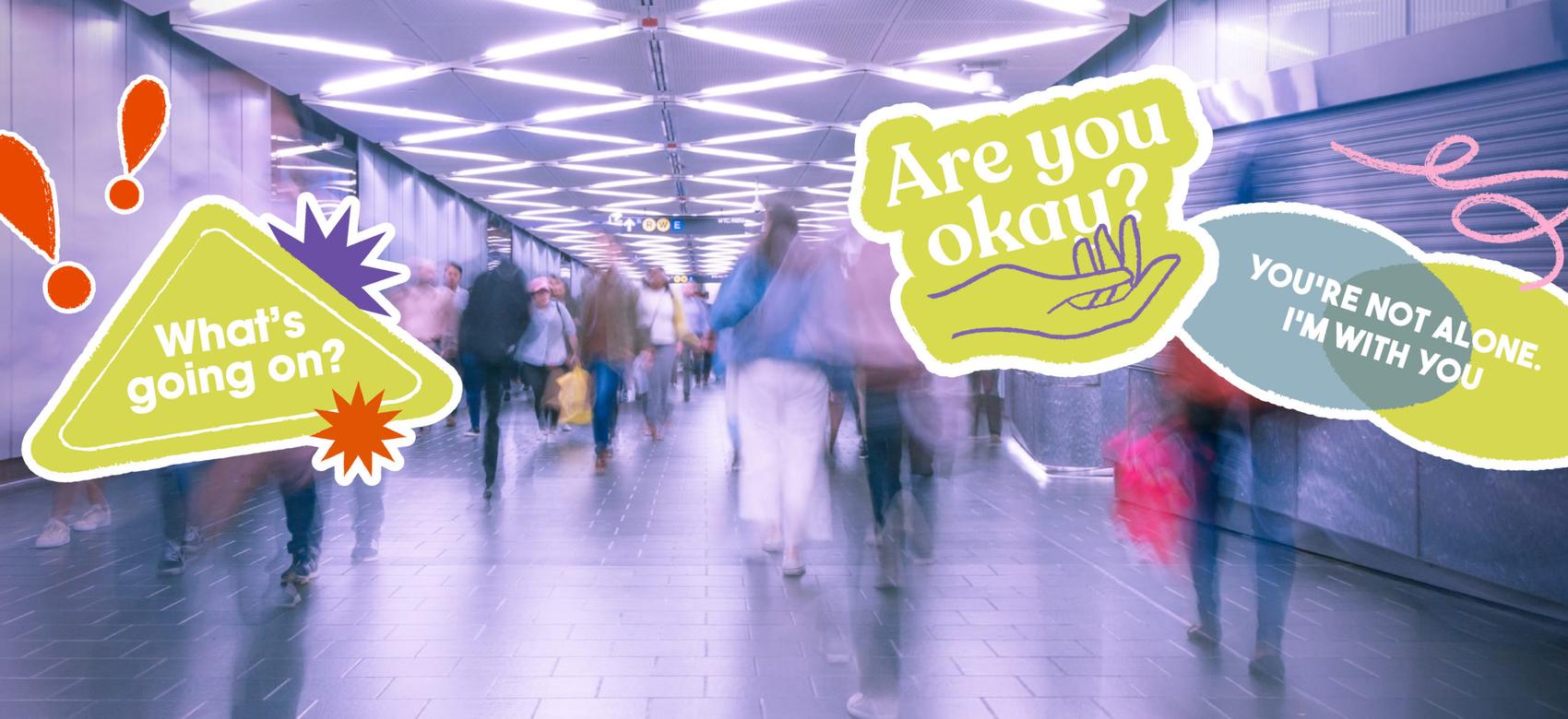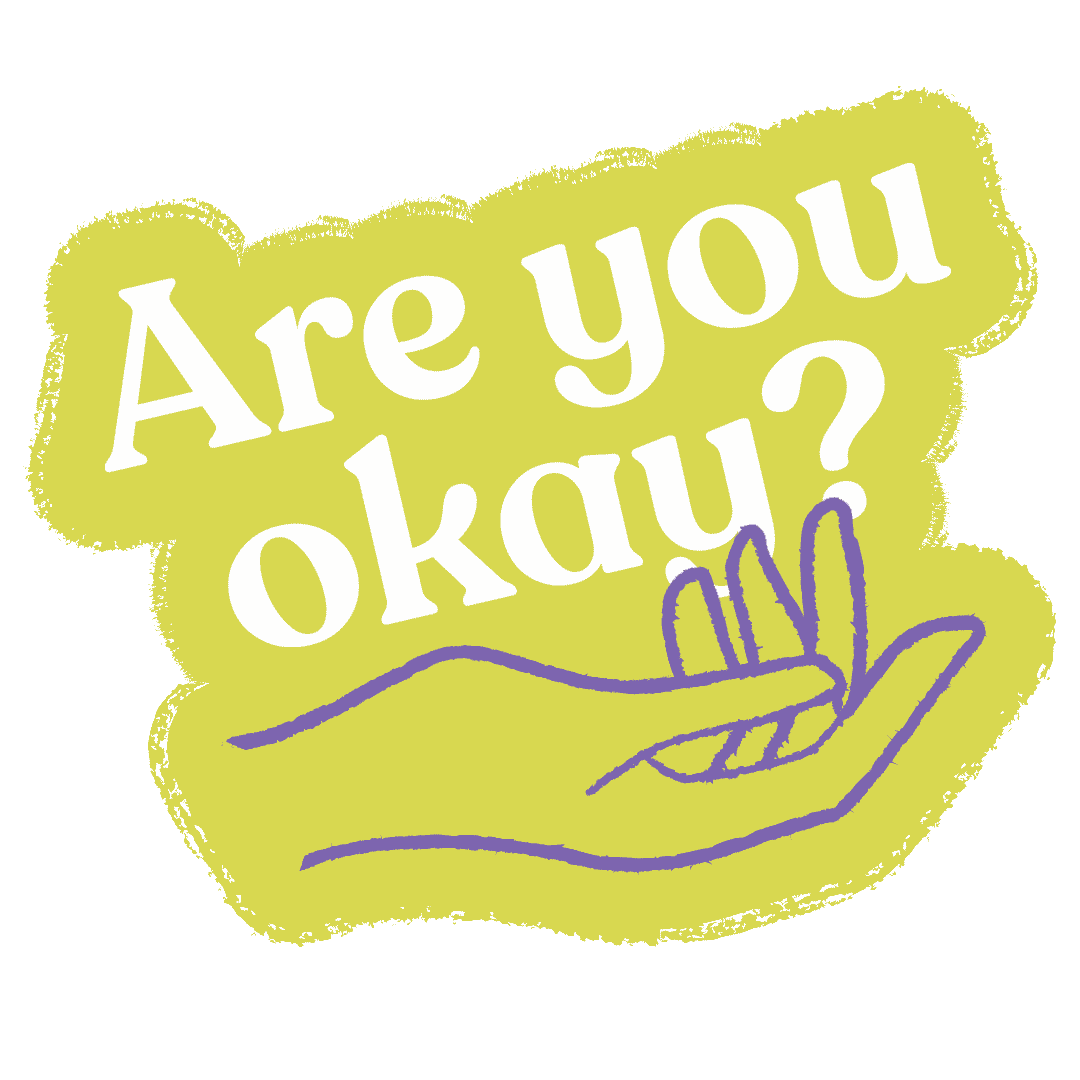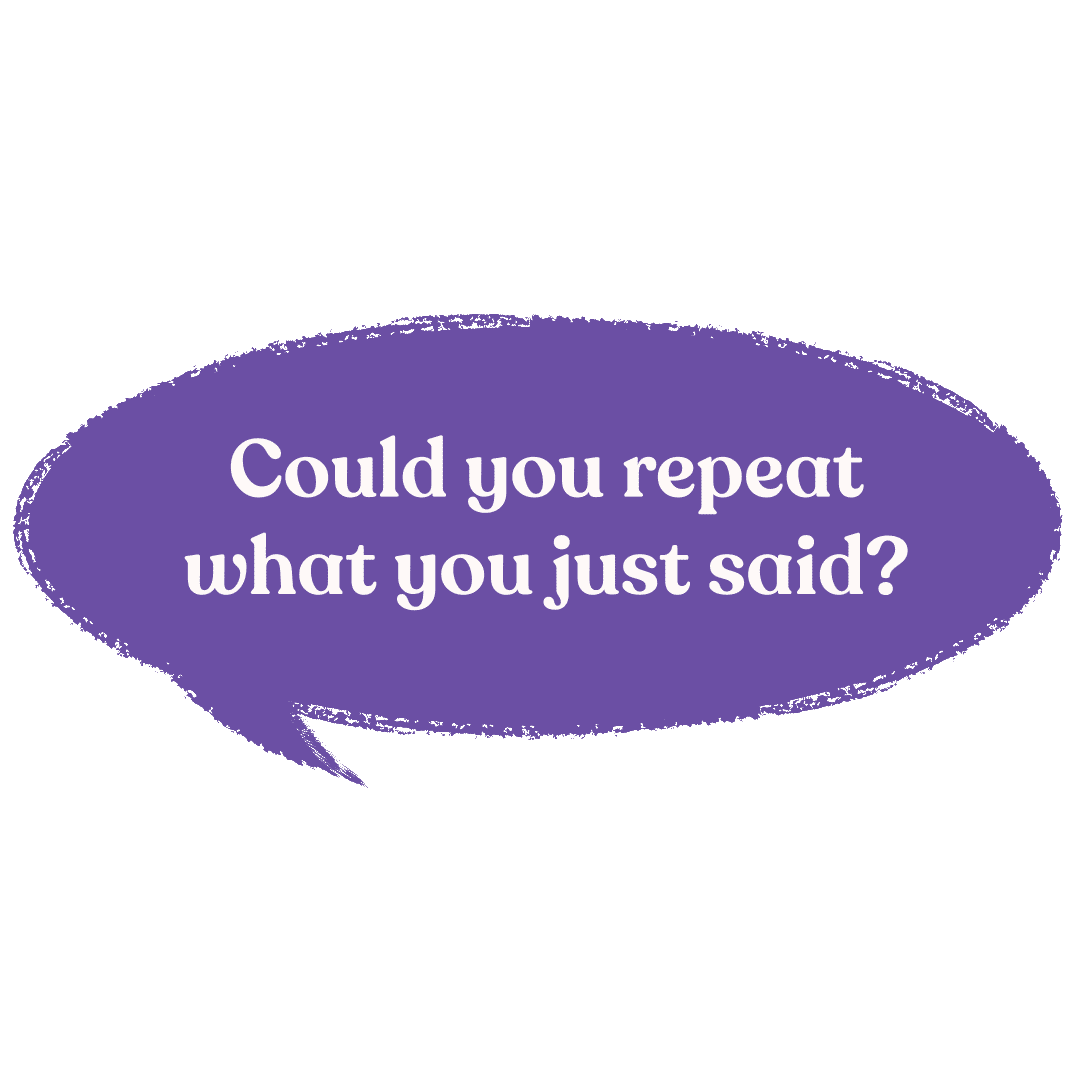Racist incidents are on the rise: How to be an active witness
By Jessica Werb

Tips for what you can do to help
Earlier this year Dr. Shirley Chau, associate professor in the School of Social Work at UBC Okanagan, was at a supermarket checkout when she noticed a disturbing interaction in the next aisle.
“A white, younger man in another line started yelling towards an older Asian couple: ‘Hey! Do you speak English? Do you speak English?’” she recalls. “The elderly couple was trying to bag their groceries, and this guy kept yelling at them.”
The incident was just one example of the recent surge in anti-Asian harassment, which has risen by up to 700 per cent in major Canadian cities since mid-March of 2020, according to the incident-tracking organization Fight Covid Racism. Dr. Chau, a former crisis worker and co-chair of UBC’s Anti-Racism and Inclusive Excellence Task Force, quietly steeled herself to intervene.
“I thought, ‘Okay, be prepared to act,’” she said. “I looked around me, making eye contact with the other bystanders, checking my surroundings, making sure I knew who the victims were. I tried to time myself to finish packing my groceries so that I could leave at the same time as them.”
In that moment, Chau became what her colleague Dr. Ishu Ishiyama, associate professor of counselling psychology in the Faculty of Education at UBC, describes as an active witness — someone making a conscious effort to intervene in a racist or discriminatory interaction.
Options for action: you can do more than you might think
In 2000, after experiencing microaggressions firsthand, Dr. Ishiyama developed the A.R.T (Anti-discrimination Response Training) Program, now in use in schools and organizations across North America. The A.R.T. model describes four levels of witnessing: disengagement or “dis-witnessing”, passive witnessing, active witnessing and ethical witnessing that includes social action and activism, including educating others about social justice issues and the importance of breaking the silence and engaging in active witnessing.
“Passive witnessing refers to an internal reaction…. Often, that’s what silent bystanders do. But being silent or frozen sends the wrong message to the offender.”
Dr. Ishu Ishiyama
Faculty of Education, UBC



“Passive witnessing refers to an internal reaction. For example, you might say to yourself, ‘Oh my God, what’s happening? This sounds like a racist remark.’ Or you avert or roll your eyes in discomfort or silent disagreement,” explains Dr. Ishiyama. “Often, that’s what silent bystanders do. But being silent or frozen sends the wrong message to the offender.”
An active witness can direct a response in one of four directions: towards the offender, the victim, another witness or someone who isn’t present at the scene — such as a manager, superior, school counsellor or administrator or police officer. It’s important to realize there are options in how you respond to observed situations of discrimination, Dr. Ishiyama stresses.
“You are not confined to just ‘fight or flight.’ This is where active witnessing training can be effective,” he says.
When it comes to approaching the perpetrator, Dr. Ishiyama uses a gambling analogy. “You have different cards, or actions, in your hand — from low cards, or a soft approach, to high cards, meaning a much more assertive, very direct or even combative approach. You keep the high cards up your sleeve.”
For example, you might politely ask the perpetrator to repeat themselves, or say something like, “You seem very upset. Can you tell me why you think or feel this way?” This simple interruption may be enough to stop the harassment or defuse the situation.
“Turn to someone near you and ask, ‘Did you hear what I heard? Can we do something about it together?’”
Dr. Ishu Ishiyama
It may be helpful to engage other bystanders as co-witnesses. “Turn to someone near you and ask, ‘Did you hear what I heard? Can we do something about it together?’” says Dr. Ishiyama.
You can also turn to the victim, ask if they are okay, and let them know that you witnessed what just occurred. A subtler option would be to step between the perpetrator and victim and engage the victim in an innocuous conversation. This can help shield them from further abuse or verbal microaggression and let them know they are not alone.
Staying safe while taking action
No matter how you respond, the first step, says Dr. Chau, is assessing your own safety. “Look at who is around you, and notice where your safety exits are,” she says. “Read the room. The perpetrator may feel that no one is stopping them because they believe they’re in a space where other people will support what they’re saying.”
If you are also a potential target of racially based harassment or even violence, directly confronting the perpetrator may not be an option. But you can help in other ways.
“If it’s not safe to interrupt, make sure you document or record what’s happening. Get really good information,” says Dr. Chau. “You can bring others in as well. Stop others who are walking by and say, ‘Hey, something just happened. I think we need to help.’ If you have to call police, be prepared to give information and, most importantly, be prepared to stand with the victim.”



Dr. Ishiyama notes that reporting the incident to an authority can often be quite effective. He recalls witnessing a flight attendant make an inappropriate comment to a passenger with limited English skills. When the passenger declined his initial offer to help, Dr. Ishiyama didn’t leave it there. He returned to his seat and wrote down exactly what he had observed, and later recounted it in a letter to the airline.
“I got a letter back explaining that the cabin crew was required to go through an education program as a result,” he says. “This delayed witnessing approach can be quite empowering to you as a witness. And, in the long run, it empowers people who would be potential victims in the future.”
Report the incident
No matter how the situation plays out, it’s important to report it. “If people don’t report it, it makes it looks like it’s okay,” says Dr. Chau.
Racially motivated assaults, threats, criminal harassment, and mischief, including graffiti, are hate crimes and should be reported to the police. But even if the situation does not meet the criteria for a hate crime, you can still report it to an online tool such as the ACCT (Action! Chinese Canadians Together) Foundation’s Anti-Racism Incident Reporting Center; the Fight Covid Racism reporting form; Project 1907’s Racism Incident Reporting Centre; Parents of Black Children’s School Racism Reporting Tool; the Anti-Semitism Monitor; and the Kelowna Community Resources reporting tool, which was developed in partnership with Dr. Chau.
As for the situation Dr. Chau observed at the supermarket? Thankfully, it deescalated quickly when the elderly man looked up at his harasser and informed him that he did, in fact, speak English.
“The guy who was yelling at him then said, ‘Oh, never mind, you have a good day,’” recalls Dr. Chau. “But the elderly couple were embarrassed, and I could see they felt fear. It was important for me to intervene and let them know I witnessed their experience in a way that didn’t reduce their dignity. I thought they might appreciate having someone walk them to their car safely. So I stepped in, made eye contact, smiled, and said, ‘Can I help you?’”
Learn more
Enroll in one of UBC Extended Learning’s anti-racism courses
Take part in UBC’s National Forum on Anti-Asian Racism
Jessica Werb is a freelance writer for UBC Brand and Marketing. This article was published April 30, 2021.
Feel free to republish the text of this article, but please follow our guidelines for attribution and seek any necessary permissions before doing so. Please note that images are not included in this blanket licence.


